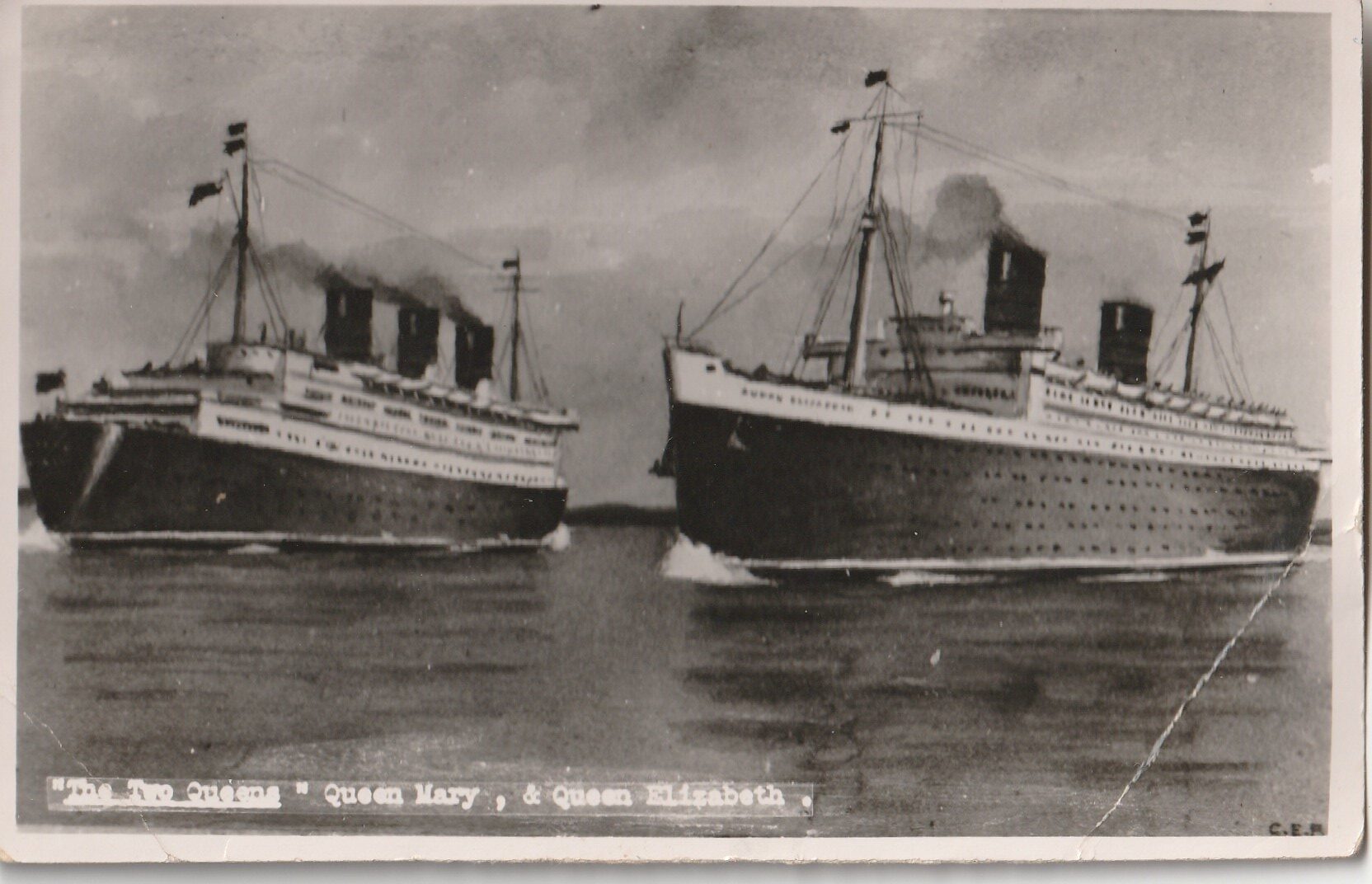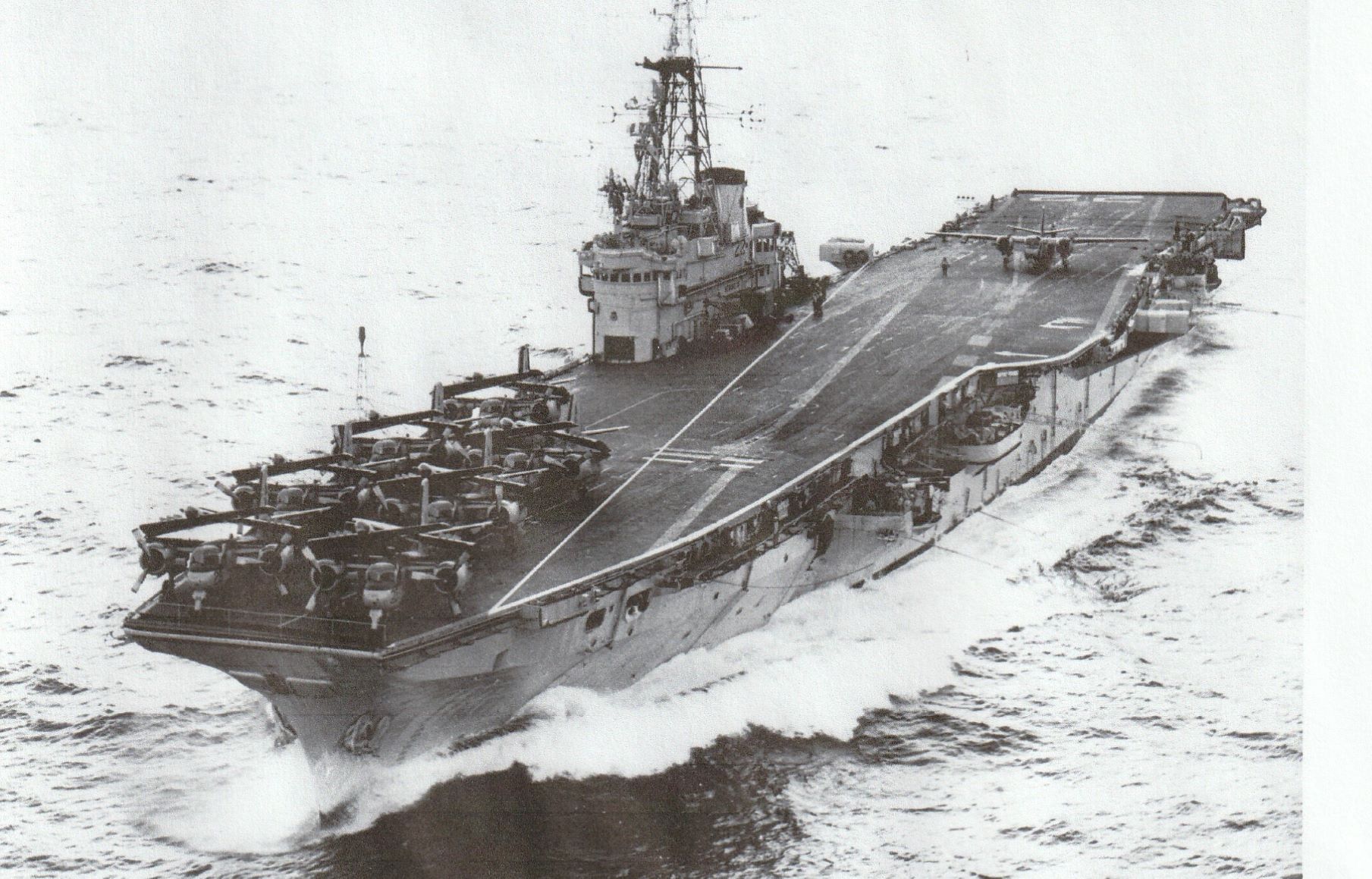Geographic Profiling
During my research for ‘The Seventh Shot’, I was introduced to the relatively new forensic tool of geographic profiling. The investigation of crimes has been enormously advanced with an increasing number of tools, from fingerprinting to the evolution of DNA sampling. Very specific software programs have been developed to aid in the analysis of information from crimes (particularly serial rapes and murders), most notably in the development of geographic profiling, initiated right here in Canada.
We all, often unknowingly, follow a pattern of mental maps as we go about our daily routines. We subconsciously create maps of our surroundings that detail our access routes for work, to shop, attend school, jog, walk a pet or to access transport to name a few.
In ‘Mapping The Trail of A Crime’, Gordon Kerr explains “A killer’s mental map will take into account the things he needs – convenience and ease of access and escape for a murder or body dump site. A criminal’s primary residence is usually integral to his mental map. As we take the easiest routes to and from the places where the things we need are located, we establish patterns.”
In creating a geographic profile it is understood that a number of things should be taken into account:
- The distance an offender is prepared to travel (based on method of transport and time available.)
- Attractiveness of an area or route to the offender. For example, I will take the liberty of suggesting that Ron West felt ‘pastoral’ settings attractive to him as well as isolated and generally out of sight from potential witnesses.
- Familiarity with an area or route. Some murderers will often travel greater distances to a familiar location that may hold particular appeal.
- Ease of flight. This may involve multiple access and escape routes.
The first police department to apply techniques of geographic profiling to its Investigation methods was the Vancouver Police Department, led by Dr. Kim Rossmo in 1995. Geographic profiling is now widely used world-wide. Several different programs exist that enable specially trained police to apply principles of geographic profiling.
The History of Geographic Profiling
In the late 1980s, Dr. Kim Rossmo was a Canadian Police Detective with the Vancouver Police Department. He was working towards a Ph.D. in Criminology at Simon Fraser University’s unique School of Criminology where a theory of crime prevention was being developed that would predict where crimes would occur. Rossmo took the theory and turned it on its head by but using used locations of a crime to discover where an offender may actually live. He calculated that behind the apparently random locations of crimes, there was often a pattern. He came up with a mathematical theory and from that developed a software program known as RIGEL based upon observations about criminal behavior that estimates where a criminal lives. These observations would take into account that the criminal will have a buffer zone near his home where he will not kill and beyond the buffer zone, the frequency of crime locations will decrease as distance from the criminal’s residence increases.
Rossmo’s theory would prove to be one of the most important developments in crime solving in recent times.
Scientists have also found that Dr. Rossmo’s formula works for certain kinds of predatory animals. When the theory was applied to a series of shark attacks against seals, results demonstrated that the sharks actually waited in one specific area, stalking their prey prior to the attack.
After absorbing the basic concepts of geographic mapping, I was able to review a series of solved crimes with newly developed overlay maps. The results were quite remarkable and not only in quite accurately establishing the home of the perpetrator but in confirming the other assumptions made from mapping.
One case that caught my attention in particular was that of Ivan Milat – The Backpacker Killer of New South Wales in Australia. In 1995 Milat would eventually receive a life sentence for the seven murders of backpackers who had gone missing in the 3800 hectares of thickly wooded Belango State Forest over a period of years.
Milat lived up to fifty miles away from the forest but owned a cabin on the perimeters and was exceptionally familiar with the area. His permanent home was relatively close to Sydney where the backpackers generally were to be found and it lay on a very direct route south to the forest. When he led his backpacker victims into the forest, having almost certainly picked them up as they hitchhiked along the main road to and from Sydney, he was confident that he would be undisturbed.
I am not sure if the mapping of Milat’s crimes indicate his home as much as demonstrate his mental map. The forest was familiar, secretive, convenient, attractive to him and allowed for easy escape.
A Map of Ron West Murders
I decided at this point to construct a very basic geographical map in relation to Ron West’s known crimes, as well as include several cold cases that existed within the same time span (roughly 1970 to 1972) which I attempt to make a case for in ‘The Seventh Shot’

H1 – West Family farm in Amaranth,near Grand Valley Ontario
H2 – Ron West’s home in Scarborough
H3 – Ron West’s holiday spot at Musselman Lake, Ontario
S1 – Doreen’s home in Gormley
S2 – Helen’s home in Palgrave
CC1 through CC5 – Cold Cases
*An interesting footnote to the story of Dr. Kim Rossmo and the development of RIGEL. The Robert Pickton/ Pig Farmer case was the case that led to the resignation of the profiler from the Vancouver Police Department (and ultimately on to the development of RIGEL) There had been a large number of disappearances of local women in Vancouver since 1971. Dr. Rossmo long considered that there was a serial killer but his theory stood in direct conflict with that of the Police Department who publicly dismissed the theory. Dr. Rossmo stuck to his theory over time, was demoted for his refusal to let it go, and left the force.



